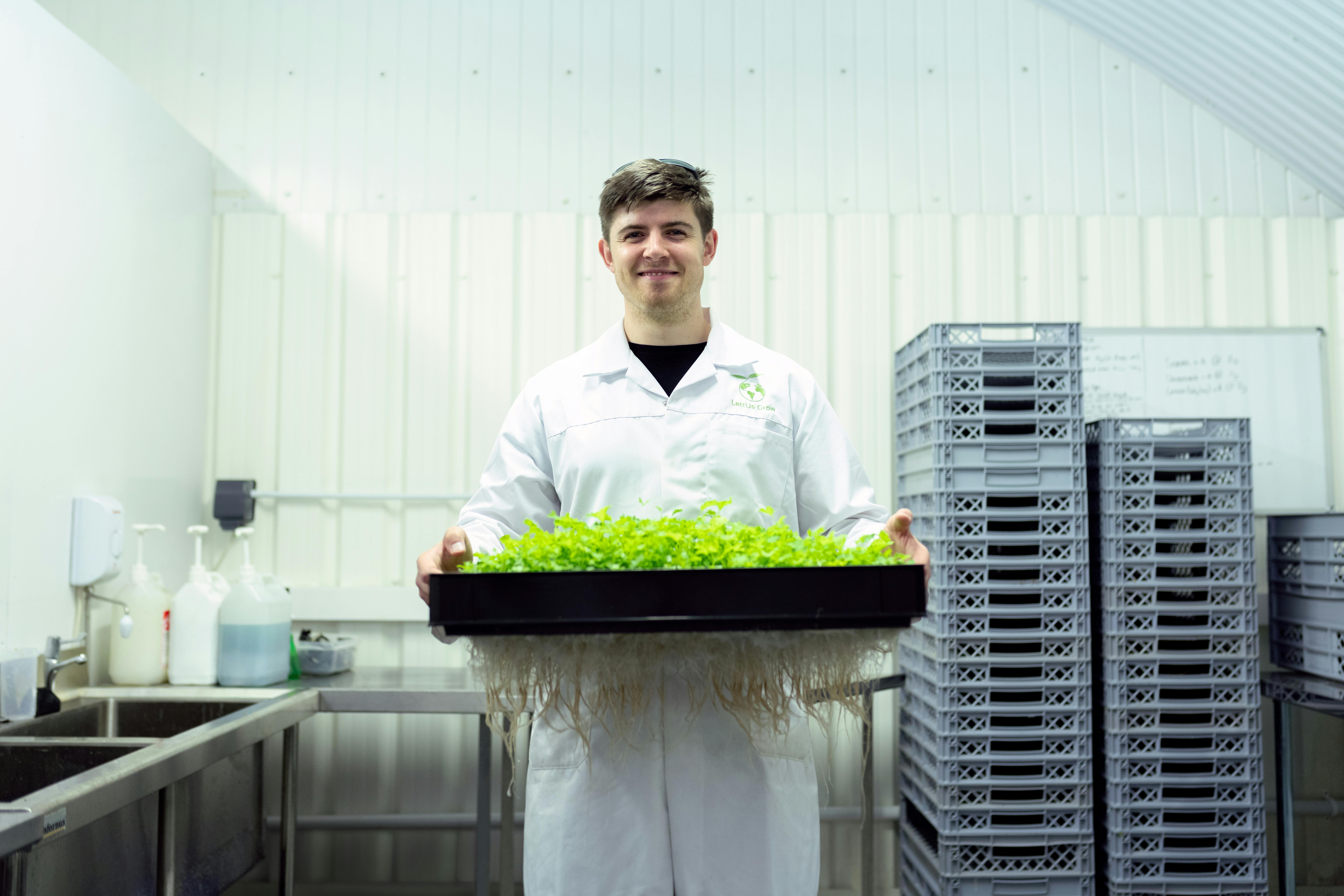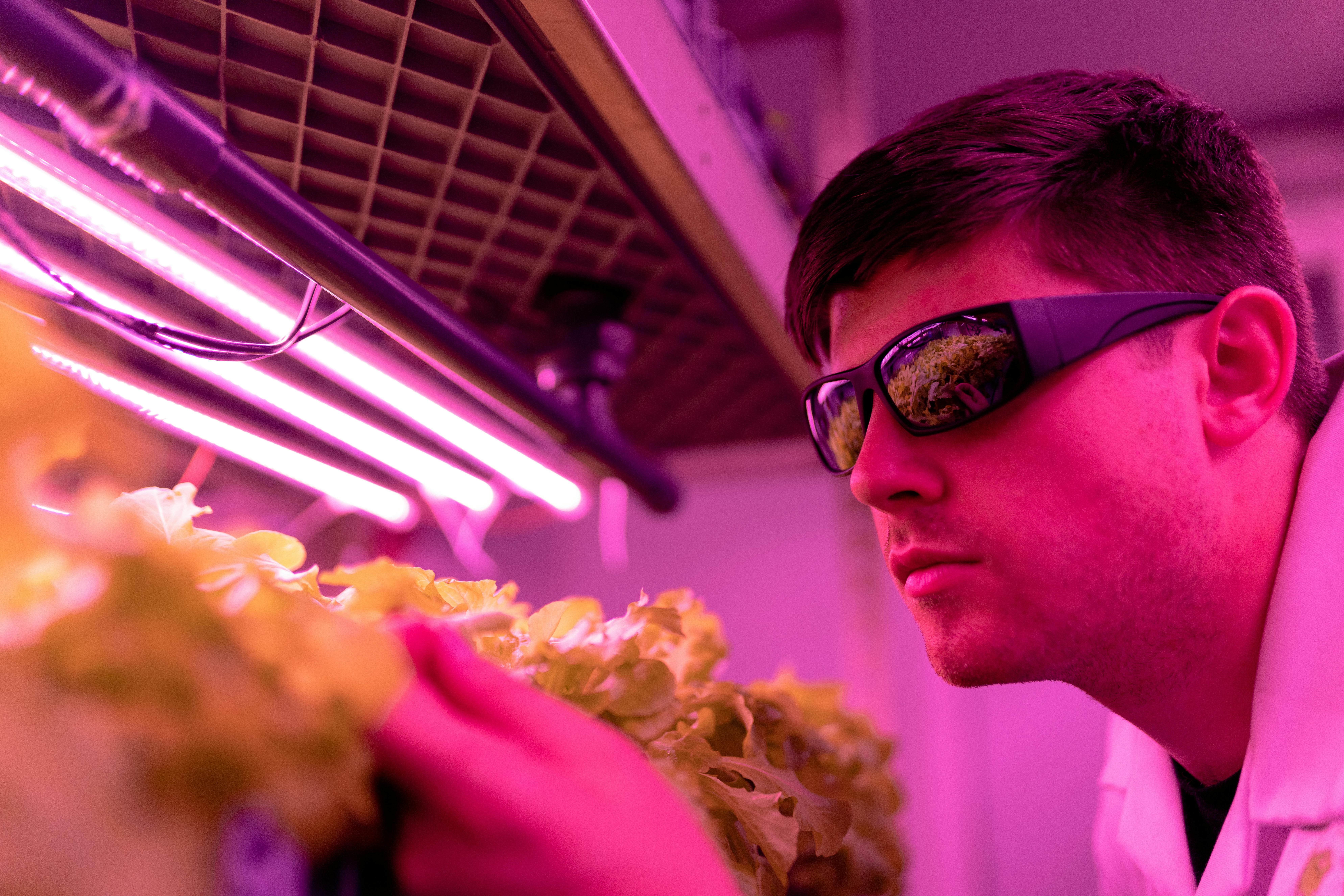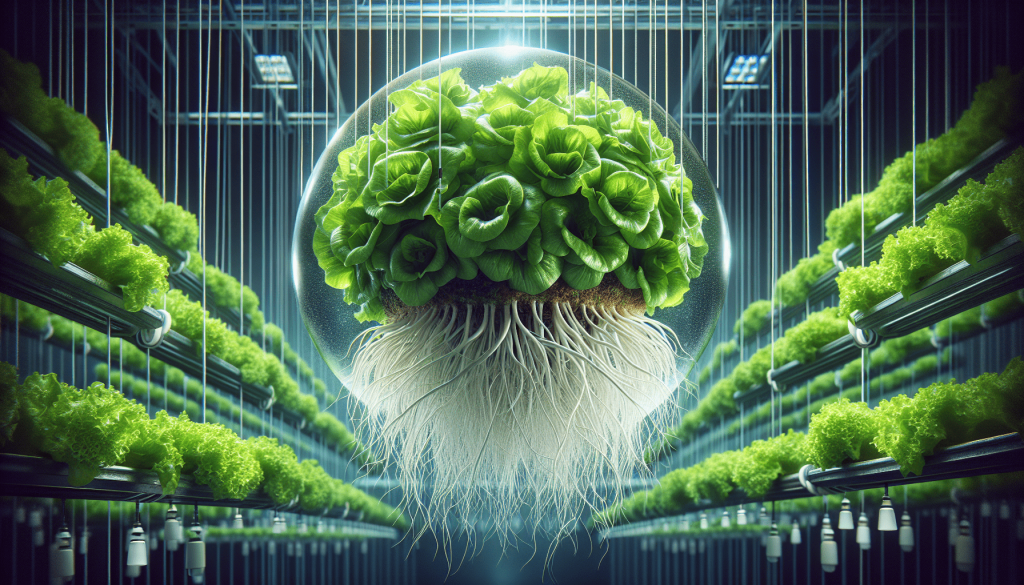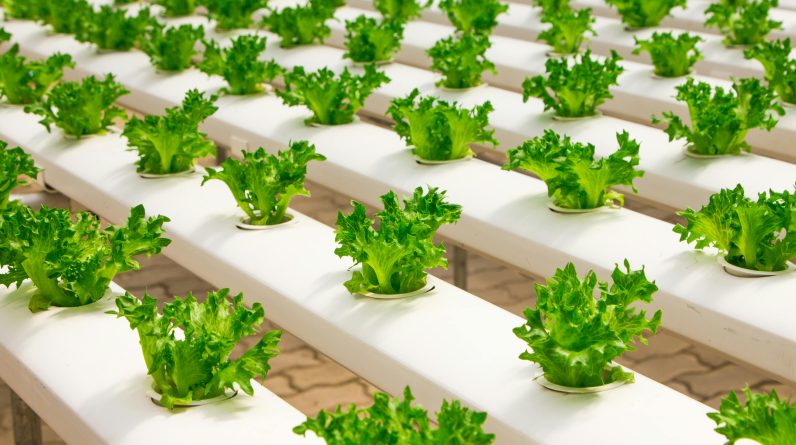
Have you ever wondered about the science behind hydroponic farming? Hydroponic growing systems have gained popularity due to their various benefits in modern gardening. In this article, we will delve into the details of hydroponic farming, exploring how it works and why it has become a sustainable and efficient approach to growing fresh crops.

What is Hydroponic Farming?
Hydroponic farming is a method of growing plants without using soil. Instead, plants are grown in a nutrient-rich solution that delivers essential minerals directly to the roots. This method eliminates the need for soil, which can harbor pests and diseases, resulting in healthier plants. Hydroponic farming allows plants to grow faster and more efficiently, producing higher yields in a controlled environment.
Exploring the Benefits of Hydroponic Farming
The benefits of hydroponic farming are vast. This system uses up to 90% less water than traditional soil gardening, making it a more sustainable option. It also enables year-round cultivation, regardless of external weather conditions. Hydroponic systems reduce the need for chemical inputs, as the nutrient solution provides plants with everything they need to grow. Overall, hydroponic farming is a more efficient and environmentally friendly way to produce fresh, nutritious crops.
Understanding the Science Behind Hydroponic Farming
To grasp the science behind hydroponic farming, it’s essential to understand how plants grow and thrive in this system. In traditional soil gardening, plants obtain nutrients from the soil through their roots. In hydroponic farming, the roots are submerged in a nutrient solution that provides all the essential minerals required for plant growth. This method allows plants to absorb nutrients more efficiently, resulting in faster growth and higher yields.
How Hydroponic Systems Work
Hydroponic systems come in various forms, but they all function on the same basic principles. These systems deliver the nutrient solution directly to the roots, ensuring that plants receive optimal amounts of nutrients at all times. Some common types of hydroponic systems include deep water culture, nutrient film technique, and drip irrigation. Each system has its advantages and disadvantages, depending on the type of plants being grown and the available space.
Nutrient Solution in Hydroponic Farming
The nutrient solution used in hydroponic farming is a crucial element in plant growth. This solution contains a balanced mixture of essential minerals, such as nitrogen, phosphorus, and potassium, as well as trace elements like iron and magnesium. The pH level of the nutrient solution must be carefully monitored to ensure that plants can absorb nutrients effectively. By providing plants with a tailored nutrient solution, hydroponic systems optimize plant growth and yield.

Types of Hydroponic Systems
There are several types of hydroponic systems, each with its unique characteristics and advantages. Understanding the differences between these systems can help you choose the one that best suits your needs and preferences.
Deep Water Culture (DWC)
Deep water culture is one of the simplest hydroponic systems, consisting of a reservoir of nutrient solution in which plants are suspended with their roots submerged. In this system, a bubbler or air stone is used to oxygenate the nutrient solution, promoting root growth. DWC systems are ideal for growing leafy greens and herbs, as they provide ample access to oxygen and nutrients.
Nutrient Film Technique (NFT)
Nutrient film technique involves a thin film of nutrient solution flowing over the plant roots, allowing them to absorb the required nutrients. This system is suitable for growing plants with shallow roots, such as lettuce and strawberries. NFT systems are space-efficient and require minimal water usage, making them an excellent choice for indoor gardening.
Drip Irrigation System
Drip irrigation systems deliver the nutrient solution directly to the plant roots through a network of tubes and drippers. This system is highly customizable, allowing for precise control over the amount of water and nutrients each plant receives. Drip irrigation systems are versatile and can be used for a wide range of crops, from tomatoes and peppers to cucumbers and melons.

Plant Growth in Hydroponic Systems
Plants grown in hydroponic systems exhibit faster growth and increased yields compared to traditional soil gardening. The controlled environment of hydroponic systems provides plants with optimal conditions for growth, resulting in healthier and more vigorous plants.
Factors Affecting Plant Growth in Hydroponic Systems
Several factors influence plant growth in hydroponic systems, including light, temperature, humidity, and nutrient levels. Providing plants with the right balance of these factors is crucial for ensuring their healthy development. By monitoring and adjusting these variables, you can optimize plant growth and maximize yield.
Common Challenges in Hydroponic Farming
While hydroponic farming offers numerous benefits, it also presents some challenges that growers may encounter. Maintaining the proper pH level and nutrient balance in the solution can be challenging, requiring regular monitoring and adjustments. Pest and disease management is also crucial in hydroponic systems, as any infestations can quickly spread among plants grown in a confined space.

Sustainability of Hydroponic Farming
hydroponic farming is a sustainable and environmentally friendly method of growing fresh produce. By using less water and eliminating the need for soil, hydroponic systems reduce the environmental impact of traditional agriculture. Additionally, the controlled environment of hydroponic systems allows for efficient use of resources, such as nutrients and energy, resulting in higher yields with minimal waste.
Environmental Benefits of Hydroponic Farming
The environmental benefits of hydroponic farming are significant. By conserving water and reducing chemical inputs, hydroponic systems help minimize the environmental footprint of agriculture. This method also enables growers to produce crops closer to urban areas, reducing the need for long-distance transportation and carbon emissions associated with food production.
Economic Viability of Hydroponic Farming
In addition to its environmental benefits, hydroponic farming is economically viable for growers. The increased efficiency and higher yields of hydroponic systems translate to lower production costs and higher profits. By utilizing space more effectively and optimizing resource use, growers can maximize their return on investment in hydroponic farming.

Conclusion
Understanding the science behind hydroponic farming is essential for anyone interested in this innovative method of growing plants. By utilizing nutrient-rich solutions and eliminating the need for soil, hydroponic systems offer numerous benefits, from faster growth and higher yields to reduced water usage and environmental impact. Whether you are a seasoned gardener or a newcomer to hydroponic farming, incorporating this sustainable and efficient approach into your gardening practices can lead to thriving plants and bountiful harvests. Now that you have a better understanding of hydroponic farming, you can explore the possibilities of this innovative growing method and reap the rewards of fresh, nutritious crops all year round.










